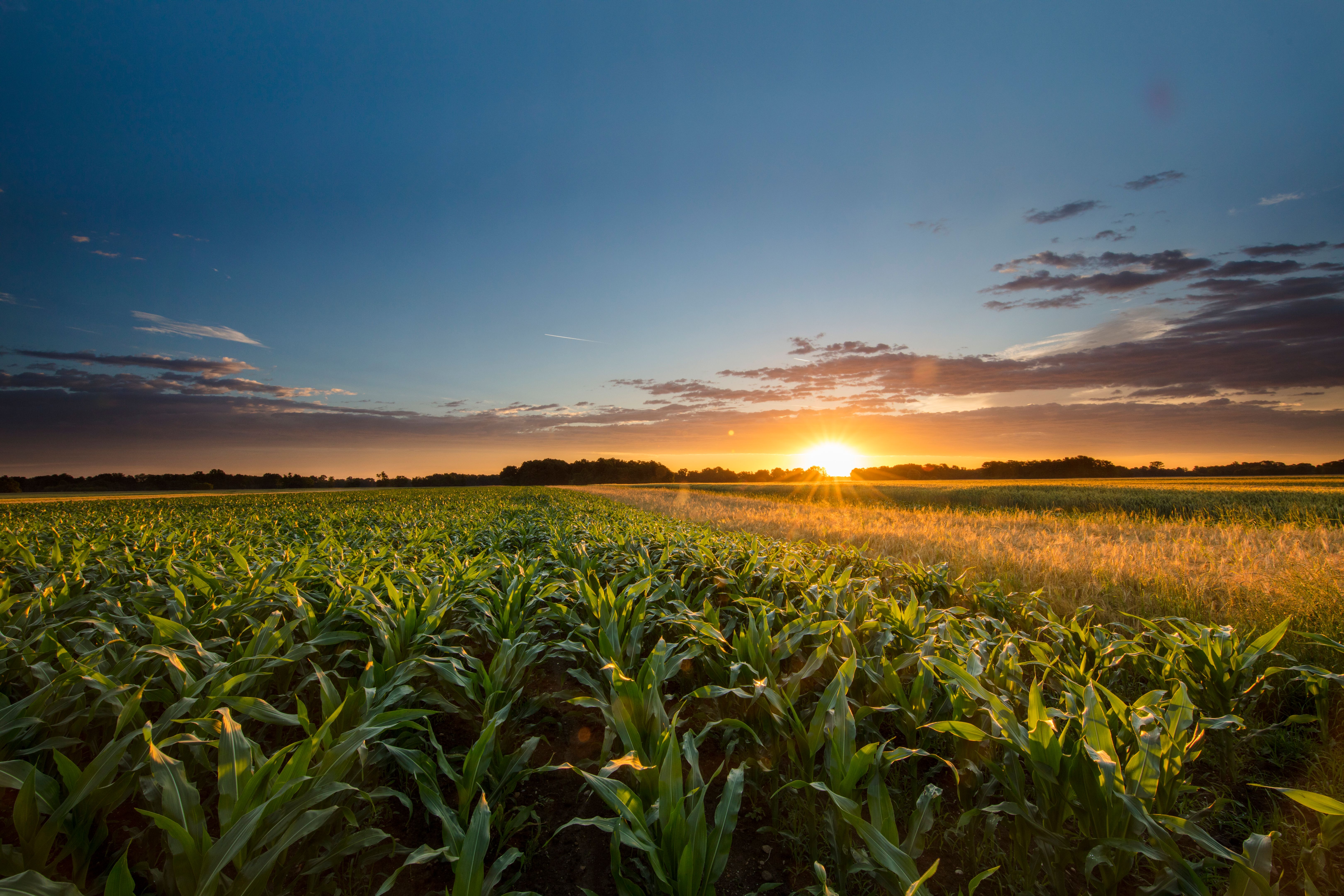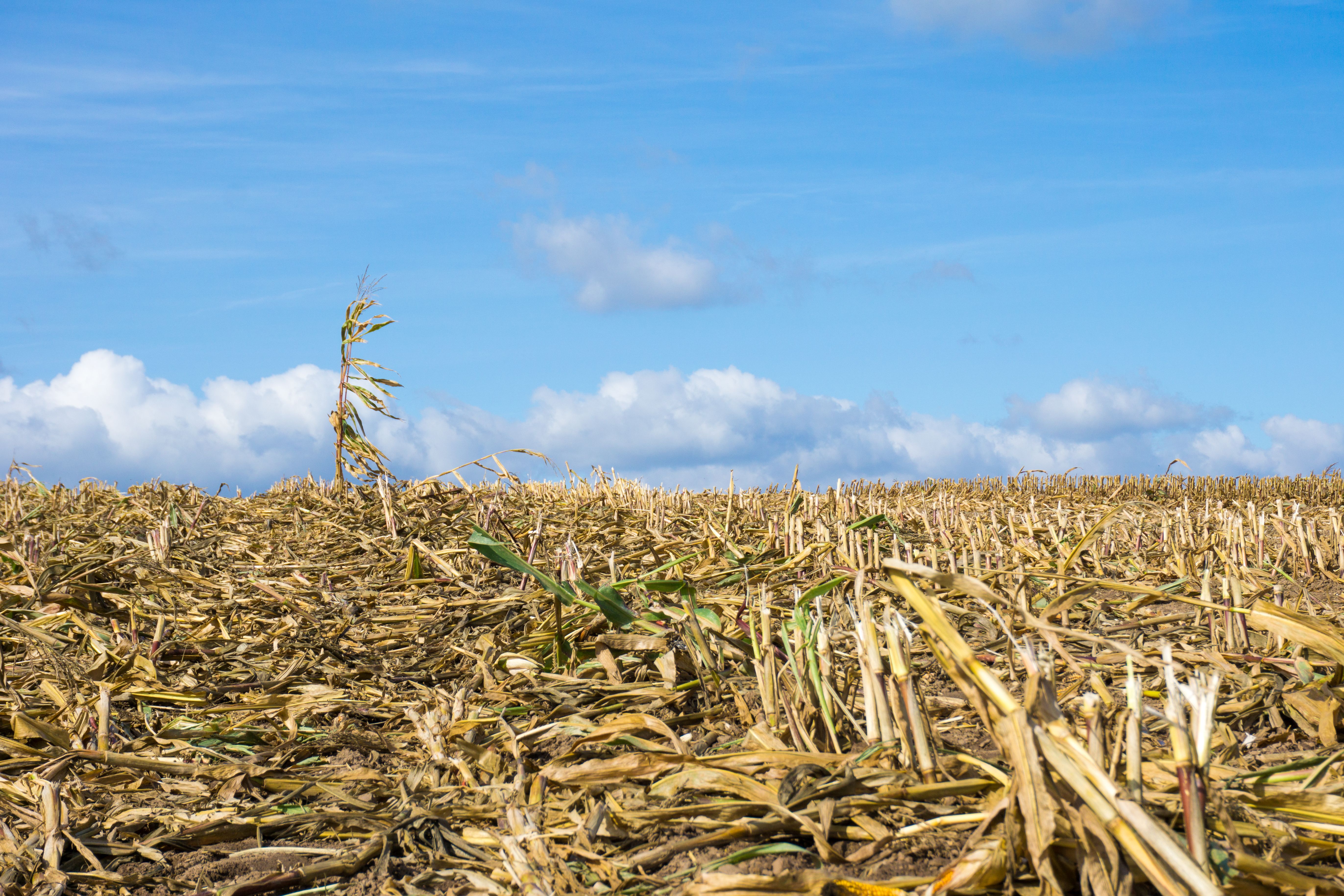Global Demand for Agricultural Commodities: Trends and Future Outlook
Understanding the Current Trends
The global demand for agricultural commodities has been on a steady rise, driven by various factors such as population growth, urbanization, and changing dietary habits. As the world's population continues to increase, so does the need for more food production. This demand is not just limited to staple crops like rice and wheat but extends to a variety of agricultural products, including fruits, vegetables, and animal-based commodities.
Another significant trend is the increasing demand for biofuels, which has led to a surge in the production of crops like corn and sugarcane. These crops are used as biofuel feedstocks, highlighting the dual role of agriculture in both food production and energy supply. This dual role places additional pressure on agricultural resources and requires innovative approaches to meet these competing demands.

Impact of Climate Change
Climate change poses a considerable challenge to agricultural production worldwide. Changes in temperature and precipitation patterns can significantly affect crop yields. In some regions, extreme weather events such as droughts and floods are becoming more frequent, disrupting farming activities and threatening food security. As a result, there is a growing emphasis on developing climate-resilient agricultural practices and crops that can withstand these environmental stresses.
Moreover, the shift in climate zones may alter the geographical distribution of suitable farmland, leading to potential changes in global production patterns. This makes it crucial for policymakers and stakeholders in the agricultural sector to invest in research and development to adapt to these changes effectively.

Technological Advancements in Agriculture
Technological advancements are playing a key role in enhancing agricultural productivity. Innovations such as precision farming, biotechnology, and advanced irrigation systems are helping farmers optimize resources and increase yields while minimizing environmental impact. These technologies are crucial for meeting the growing global demand for agricultural commodities sustainably.
Precision farming, for example, uses data analytics and GPS technology to manage field variability in crops. This approach allows farmers to make informed decisions on planting, fertilizing, and harvesting, ultimately improving efficiency and crop output. Similarly, biotechnology is being used to develop genetically modified crops that are more resistant to pests and diseases.

Future Outlook
Looking ahead, the demand for agricultural commodities is expected to continue rising. However, meeting this demand will require significant efforts in terms of sustainable practices and policy interventions. Governments and international organizations must work collaboratively to support sustainable agriculture initiatives and ensure food security for future generations.
One potential area of growth is the increased focus on sustainable agriculture practices such as organic farming and regenerative agriculture. These practices aim to improve soil health, enhance biodiversity, and reduce carbon emissions, aligning with global sustainability goals.
Conclusion
In conclusion, the global demand for agricultural commodities is influenced by multiple factors that require a multifaceted approach to address. By embracing technological innovations, adapting to climate change impacts, and promoting sustainable farming practices, the agricultural sector can meet future demands while supporting environmental conservation efforts.
The collaboration between governments, industry stakeholders, and farmers will be crucial in navigating these challenges and ensuring a secure and sustainable food supply for the world.
